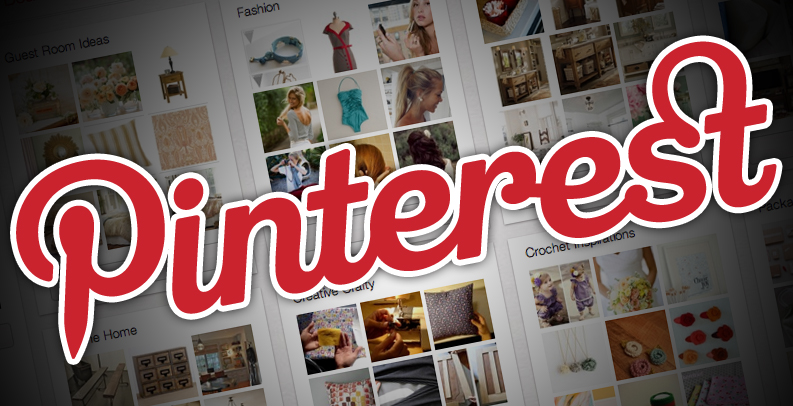An Educator's Guide to Pinterest [Media Literacy]
The National Association of Media Literacy Education defines media literacy as "a series of communication competencies, including the ability to access, analyze, and communicate information in a variety of forms, including print and non-print messages."
More specifically, NAMLE breaks down media literacy into several definitions:
- Media refers to all electronic or digital means and print or artistic visuals used to transmit messages.
- Literacy is the ability to encode and decode symbols and to synthesize and analyze messages.
- Media literacy is the ability to encode and decode the symbols transmitted via media and the ability to synthesize, analyze and produce mediated messages.
- Media education is the study of media, including ‘hands on’ experiences and media production.
- Media literacy education is the educational field dedicated to teaching the skills associated with media literacy.
Last week, the Wall Street Journal reported that the newest darling of social networks, Pinterest, is valued at over $1 billion. As the online pinboard platform grows in influence, media literacy educators may want to consider ways in which the platform can be used to incite conversations about representation on the web.
Below are some ideas for using Pinterest in various formal and informal learning settings. These general activities are grouped according to some of the main components of media literacy education outlined by NAMLE above, including; Decoding, Encoding, and Communicating Messages, and Media Production. Please feel free to share and expand on these ideas in the comment section below.
Decoding, Encoding, and Communicating Messages
Questions: Who/what is source of the message? How is the media message conveyed through Pinterest? By whom is the message received? How might the source information and platform itself impact how the message is received?
- Students can begin by creating pinboards that represent social, community, and political issues they care about most. Make use of the search function within Pinterest (not only the categories section) to explore topics of interest.
- Students can create 'counter pinboards' in response to controversial posters as a way to incite discussions within the platform and extend conversations offline.
- Debate! Use comment sections to debate content on Pinterest (see Kate Moss 'Skinny' poster).
- Cross curate with other social media platforms (Facebook, Twitter, & alternative SMS and personal blogs). Post, tweet, embed images and videos from Pinterest to incite further discussions about how media messages are represented on the web.
- Organize "Media Lit Pint-Ups" or Pinterest meet ups, to showcase, discuss, and debate content popularized by way of Pinterest.
- Organize Pinterest scavenger hunts with media literacy education principals in mind. For instance, incorporate Google Maps to also explore how (and in what ways) users curate using geographical spaces. See Google Maps images on Pinterest.
- 'Fundraise for a cause' using Pinterest. Create original pinboard content having to do with an issue for which you wish to raise money. Include donation information in the caption section of the images.
Media Production
Questions: What can I create to make Pinterest better? What can I produce beyond the confines of Pinterest's platform ? What tools can I use to produce media influenced by content found on Pinterest and/or influenced by the platform itself? How might the design of my media influence the message I am trying to convey?
- Design a 'copy cat' Pinterest platform with a specific aim to interrogate/investigate media representations in online spaces.
- Storytelling with images: Create boards that tell alternative stories. Involve commenters to help create narratives.
- Produce, publish, and compose other types of online media (digital video, wikis, blogs) inspired by content found on Pinterest
- Create and curate "Media Lit" content in the DIY and Education categories on Pinterest. Create "Media Lit" pinboards as resource pages.
See also:
